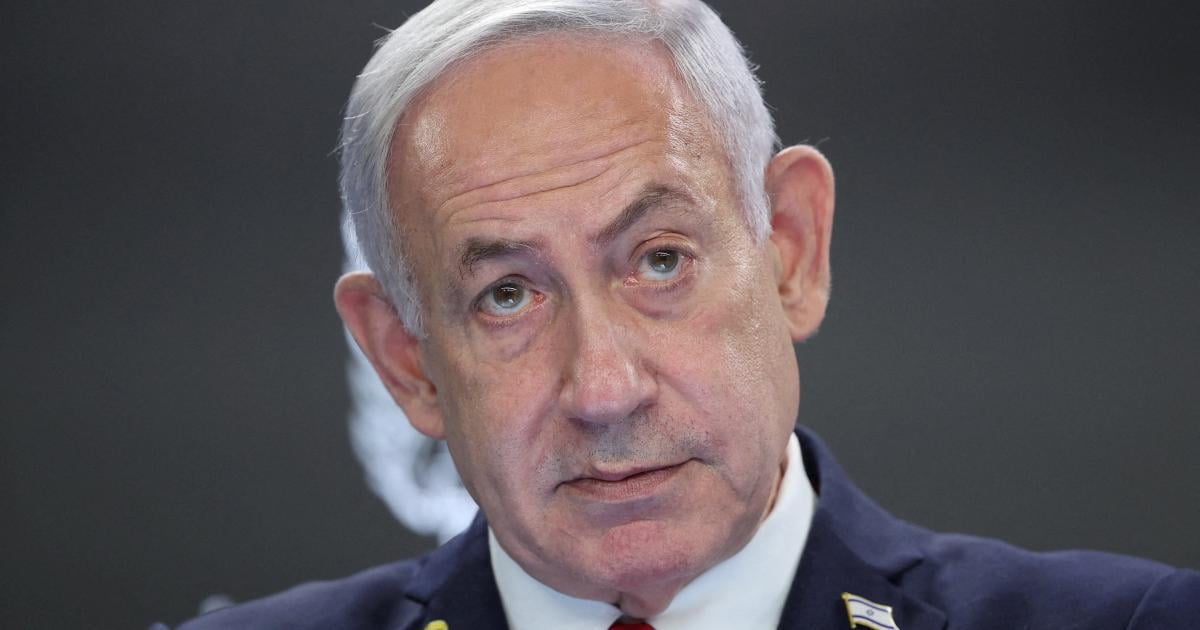
[SS from essay by Aluf Benn, Editor-in-Chief of Haaretz and a Senior Fellow at the Bill Graham Centre for Contemporary International History at the University of Toronto.]
Israelis were glued to their screens on October 13. The cease-fire in Gaza had just taken effect, the last 20 Israeli hostages had returned from Hamas captivity, and U.S. President Donald Trump—who masterminded the peace deal—was addressing the Knesset. “This is not only the end of a war,” Trump declared, “this is the end of an age of terror and death, and the beginning of the age of faith and hope.”
Sitting in the audience was Trump’s host, Israeli Prime Minister Benjamin Netanyahu. The president made sure to thank him. “I want to express my gratitude to a man of exceptional courage and patriotism,” he said. He asked the prime minister to rise. Netanyahu did, then nodded and grinned. It was a remarkable moment. When Hamas carried out the worst-ever attack in Israel’s history on October 7, 2023, killing 1,200 civilians and soldiers and kidnapping 251 people, few analysts expected that Netanyahu would still be in power two years on, let alone be showered with praise by an American president. The last prime minister to govern Israel when it suffered a surprise attack, Golda Meir, stepped down shortly after. But Netanyahu denied any responsibility and refused to bow out. Instead, he blamed the failure to anticipate and repel the assault squarely on the military and intelligence services. He blocked an inquiry. And to keep his government intact, he dragged out the subsequent conflict despite mounting domestic fatigue and international pressure.
https://www.foreignaffairs.com/israel/how-netanyahu-survives
Posted by ForeignAffairsMag
1 comment
How was he not prosecuted or even fired for the negligence on security intel leading up to the Hamas attack?
Comments are closed.